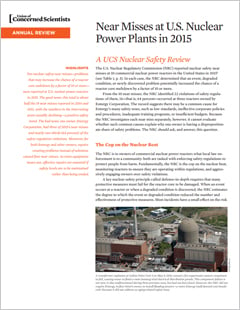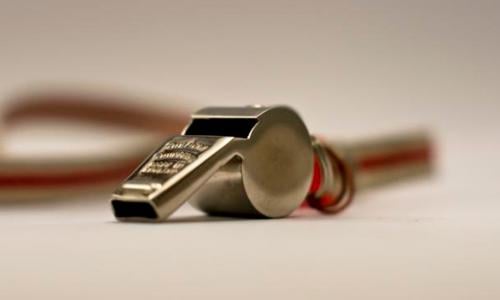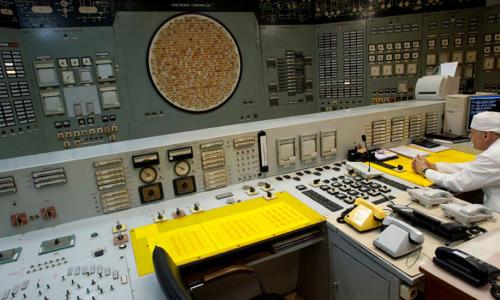The Nuclear Regulatory Commission (NRC) is the arm of the federal government charged with enforcing safety regulations at U.S. nuclear power plants. Every year they respond to safety and security “near misses,” defined as events that potentially increase the risk of a reactor meltdown by at least 10 times. In 2015, there were 10 near misses at U.S. reactors, or nearly half the number of incidents reported in 2010 and 2011.
Despite this encouraging safety trend, one owner—Entergy—was responsible for three of the 10 near misses last year, and received 64 percent of the sanctions issued by the NRC for violating safety regulations. Because the NRC analyzes each near miss separately—and not holistically—it’s difficult to determine whether the issue lies with Entergy’s management team, or with systemic issues affecting the fleet as a whole.
Below we’ve listed short descriptions of each near miss, highlighting related materials where applicable. Download the full report for in-depth analysis and our recommendations.
Pilgrim Nuclear Power Station
Entergy Nuclear Operations | Plymouth, Massachusetts
In probably the most serious nuclear power safety incident of 2015, pressure release valves malfunctioned during a winter storm-induced loss of power. The NRC issued eight separate safety violations for the near miss, citing poor worker performance and inadequate planning procedures.
Read about the incident on All Things Nuclear.
Indian Point
Entergy Nuclear Operations | Buchanan, New York
In May, 2015, an electrical transformer exploded at Indian Point’s Unit 3 reactor, causing a small fire and triggering the fire protection system. Although the fire was extinguished, water pooled on the floor of the adjacent “switchgear” room, where electricity is transmitted to emergency systems. Had the water level exceeded five inches, the switchgears would have short-circuited, causing a station blackout.
Read about the incident on All Things Nuclear.
River Bend Station
Entergy Nuclear Operations | St. Francisville, Louisiana
Following a series of unplanned shutdowns, the NRC found that River Bend’s reactor vessel operated outside its design limitations for nearly 20 years, and that workers at the plant were using outdated and incorrect procedures to operate the system. Inaccurate training contributed to their poor performance.
Calvert Cliffs
Constellation Energy | Lusby, Maryland
Nuclear reactors are intended to shut down when they detect fluctuations in the electric grid. But when they shut down, their emergency generators are supposed to supply electricity to safety equipment—which the backup generators at Calvert Cliffs did not, following a reactor shutdown in April 2015.
Read about the incident on All Things Nuclear.
Duane Arnold
NextEra Energy | Palo, Iowa
After re-applying a special coating to the inside of a critical water containment unit, workers noticed debris floating on the water’s surface. Deficiencies in the coating itself were later blamed for corroding the unit, highlighting the increased chance of failure during the early stages of safety upgrades.
Read about the incident on All Things Nuclear.
Fort Calhoun
Omaha Public Power District | Fort Calhoun, Nebraska
Following a routine refueling and the rebuilding of several critical makeup water valves, the reactor at Fort Calhoun attempted to restart. Although the rebuit valves were less affected by the radiation that degraded the original parts, they were unexpectedly susceptible to the high-temperatures of an operating nuclear reactor, and failed within hours.
North Anna
Virginia Electric & Power Company | Mineral, Virginia
The NRC sent a special inspection team to North Anna following a security-related event on August 15, 2015. Due to a policy adopted after the events of September 11, 2001, the NRC no longer publicly discloses the causes and corrective actions for security-related problems.
Virgil C. Summer
South Carolina Electric & Gas Company | Parr, South Carolina
Workers boring holes in the concrete basement of Virgil C. Summer’s Unit 2 reactor mistakenly cut through metal reinforcing bars embedded in the concrete and the containment vessel’s metal shell. The workers had not been given a maximum drilling depth, and were found by the NRC to be insufficiently knowledgeable and improperly trained.







